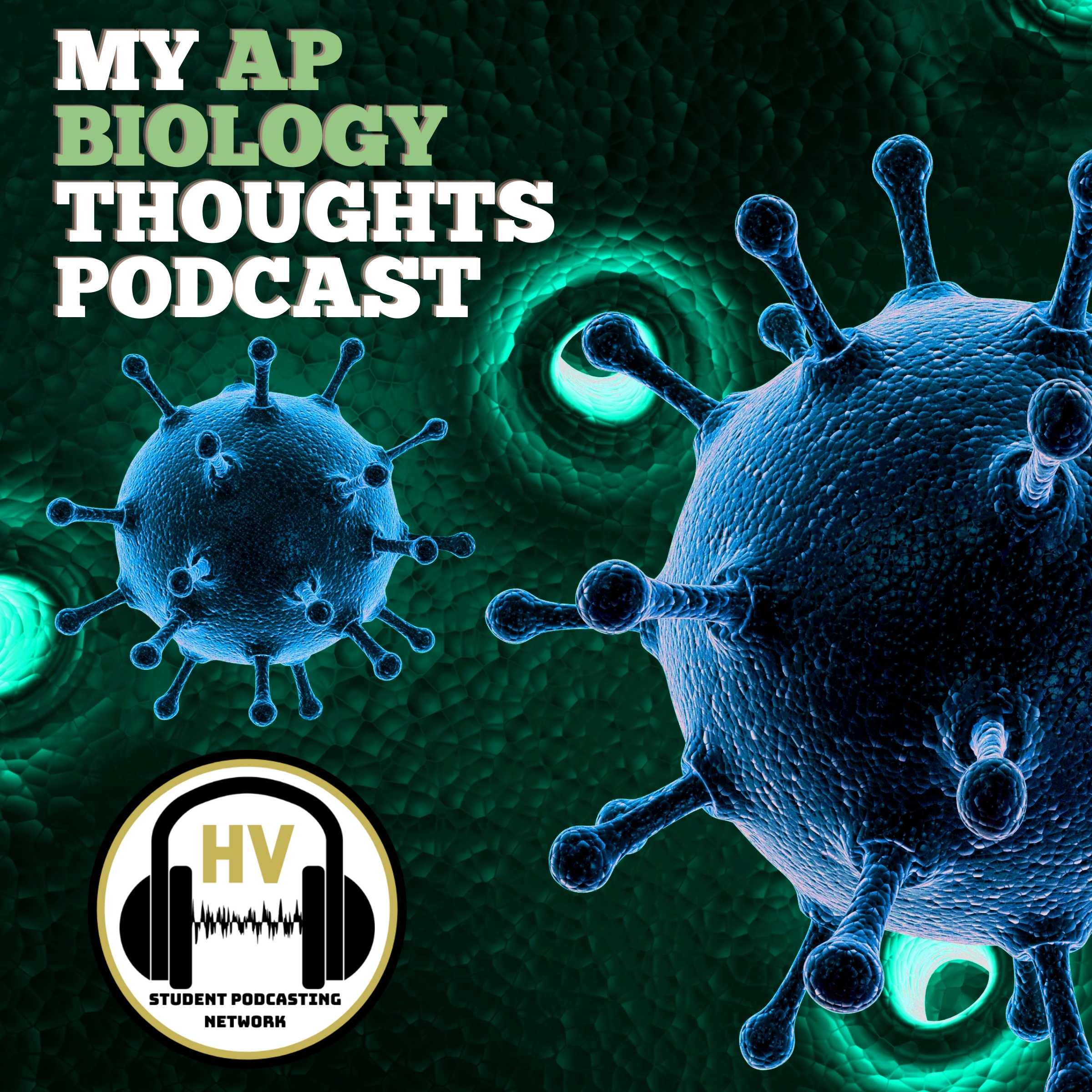Examples of Evolution: Toxic River Fish
Description
My AP Biology Thoughts Unit 7 Natural Selection EPISODE TITLE: Natural Selection of the Tomcod against PollutantsWelcome to My AP Biology Thoughts podcast, our names are Celine, Xavier, and Sofie and we are your hosts for this episode called Unit 7 Natural Selection: Examples of Evolution-Toxic River Fish. In episode 120, we will be discussing the Toxic River Fish and how it relates to the AP Biology Curriculum.
We want to thank our sources for the information presented in this podcast episode today which include national geographic and NPR. You can find the citations and links to these sources in the show notes.
Segment 1: Overview of Toxic River Fish To begin with the overview, the species of fish we will be discussing today are the tomcodThis species of fish lives in the waters of New Jersey and New York, usually found in the Hudson River where pollutants and chemicals such as polychlorinated biphenyl was dumped between 1947-1976 by General Electric companiesTherefore they developed a gene the resulted in an immunity
Segment 2: Evidence that supports Evolution Toxic River FishWe can see the evolution of Toxic River fish from the molecular Evolution that was changing in DNA sequences. When the pollutants entered the hudson river it resulted in 95% of the fish developing liver tumors.The toxins from the electric company entered the nucleus of cells and For some fish it caused a distortion of DNA instructions. This would cause some to most of the fish in the river to get sick and die.By chance, the Toxic River Fish had a version of that gene that tolerated the PCB and toxinsThe toxic river fish evolved to handle dangerous chemicals that were dumped in the river and Overtime the toxic river fish that had the resistant gene did better than the fish without itTechnically they’re not mutants, but the chemicals did give one genetic group an advantage over the othersThis is where survival of the fittest played a role, the fish that could resist toxins would have a higher rate of survival than those without out resistance The ability to resist the toxins caused the toxic river fish to lose some ability to cope with natural stressors like low oxygen or abnormally high temperatures but they still had advantage above other fish
Segment 3: Connection to the CurriculumBiology is the study of biotic organisms, and focuses on the dynamic and behavior. Evolution is 1/12 characteristics of biology.It connects to the course because it distinctly shows evolution through natural selectionspan
More Episodes
Published 06/08/23
My AP Biology Thoughts Unit 8 Ecology EPISODE TITLE: Birds of Paradise Mating RitualsWelcome to My AP Biology Thoughts podcast, my name is Xavier and I am with Celine and Sofie and we are your hosts for Unit 8 Ecology-Birds of Paradise Mating Rituals. Today we will be discussing Birds of...
Published 12/21/21
My AP Biology Thoughts Unit 8 Ecology EPISODE TITLE: South African Rhino PoachingWelcome to My AP Biology Thoughts podcast, my name is Keenan Wallace and I am your host for this episode called Unit 8 Ecology-Threatened Rhinos in South Africa. Today we will be discussing South African Rhino...
Published 12/21/21


